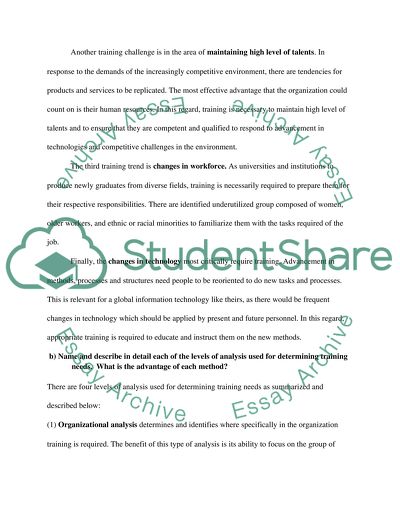Cite this document
(“HR Final Essay Example | Topics and Well Written Essays - 2500 words”, n.d.)
HR Final Essay Example | Topics and Well Written Essays - 2500 words. Retrieved from https://studentshare.org/miscellaneous/1561354-hr-final
HR Final Essay Example | Topics and Well Written Essays - 2500 words. Retrieved from https://studentshare.org/miscellaneous/1561354-hr-final
(HR Final Essay Example | Topics and Well Written Essays - 2500 Words)
HR Final Essay Example | Topics and Well Written Essays - 2500 Words. https://studentshare.org/miscellaneous/1561354-hr-final.
HR Final Essay Example | Topics and Well Written Essays - 2500 Words. https://studentshare.org/miscellaneous/1561354-hr-final.
“HR Final Essay Example | Topics and Well Written Essays - 2500 Words”, n.d. https://studentshare.org/miscellaneous/1561354-hr-final.


